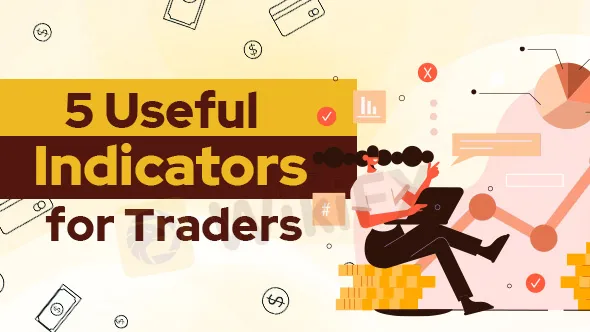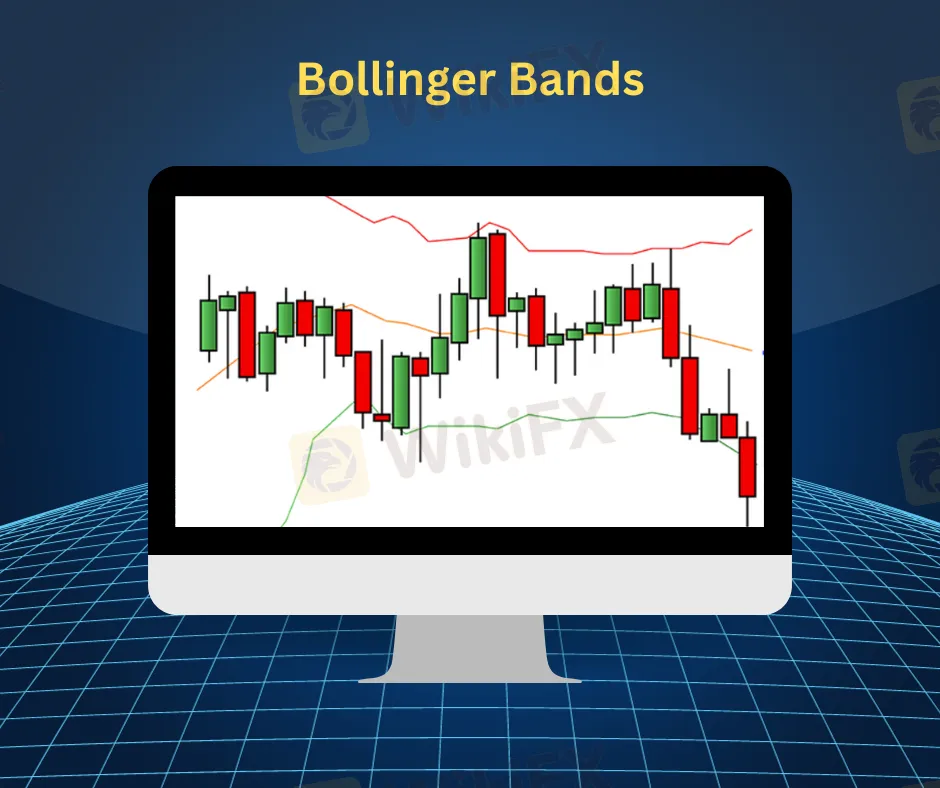简体中文
繁體中文
English
Pусский
日本語
ภาษาไทย
Tiếng Việt
Bahasa Indonesia
Español
हिन्दी
Filippiiniläinen
Français
Deutsch
Português
Türkçe
한국어
العربية
5 Useful Indicators for Traders
Abstract:Unlock the power of five key indicators that can revolutionize your trading strategy and guide your decisions in the dynamic world of finance.

In the world of trading, having the right tools at your disposal can make all the difference between success and struggle. Indicators serve as a guiding light, providing traders with valuable insights into market trends and potential price movements. Among the multitude of indicators available, here are five that stand out for their usefulness in aiding traders in making informed decisions.

A cornerstone of technical analysis, moving averages help smooth out price data over a specified period, presenting a clearer picture of the trend's direction. Traders often use the crossover of different moving averages, such as the simple moving average (SMA) and the exponential moving average (EMA), to identify potential entry and exit points.

The RSI is a momentum oscillator that measures the speed and change of price movements. It oscillates between 0 and 100 and is particularly useful in determining whether an asset is overbought or oversold. Traders use RSI to spot potential reversals or confirm the strength of a trend.

Developed by John Bollinger, these bands consist of a simple moving average and two standard deviations plotted above and below it. Bollinger Bands help traders gauge volatility and identify potential areas of support and resistance. When the price touches the upper band, it might signal overbought conditions, while touching the lower band could indicate oversold conditions.

MACD is a trend-following momentum indicator that shows the relationship between two moving averages of a security's price. Traders utilize the MACD line and signal line crossovers to identify potential shifts in momentum and trend direction.

Based on the Fibonacci sequence, this tool helps traders identify potential support and resistance levels. It uses key ratios derived from the sequence to highlight levels where the price might reverse or consolidate during a trend.
While these indicators offer valuable insights, it's crucial to emphasize that success in trading is not solely dependent on their usage. Traders must exercise caution and understand that achieving success in trading is essentially risk management. Indicators serve as a guidance tool, aiding in decision-making, but they should be complemented with a thorough understanding of market dynamics and risk assessment. Knowing when to enter or exit a trade and managing risk effectively are paramount in achieving long-term success in the financial markets.

Disclaimer:
The views in this article only represent the author's personal views, and do not constitute investment advice on this platform. This platform does not guarantee the accuracy, completeness and timeliness of the information in the article, and will not be liable for any loss caused by the use of or reliance on the information in the article.
Read more

Navigating the Intersection of Forex Markets, AI Technology, and Fintech
The financial world is transforming, driven by the rapid integration of artificial intelligence (AI) and innovative fintech solutions. This change is most apparent in forex markets, where algorithmic trading and deep learning are redefining strategies, risk management, and decision-making. In this article, we explore how AI-driven technologies are not only revolutionizing forex trading but are also propelling fintech innovations that enhance customer experiences, bolster security, and unlock new market opportunities.

The One Fear That’s Costing You More Than Just Profits
The fear of missing out (FOMO) is NOT what you think it is! Read the three lesser-discussed components that contribute greatly to FOMO trading!

Why More People Are Trading Online Today?
Discover why online trading is booming with tech, AI, and a push for financial freedom. From stocks to crypto, it’s a thrilling hustle for all.

Bitpanda Secures Full Broker-Dealer License in Dubai
Bitpanda has officially obtained a full broker-dealer license from the Dubai Virtual Assets Regulatory Authority (VARA), marking a significant milestone in its international expansion. This approval, which follows preliminary authorization granted three months earlier, enables the European digital asset exchange to introduce its comprehensive suite of virtual asset services to investors in the United Arab Emirates (UAE).
WikiFX Broker
Latest News
Why Are Financial Firms Adopting Stablecoins to Enhance Services and Stability?
Experienced Forex Traders Usually Do This Before Making a Lot of Money
Octa vs XM:Face-Off: A Detailed Comparison
When High Returns Go Wrong: How a Finance Manager Lost RM364,000
Bridging Trust, Exploring Best—WikiEXPO Hong Kong 2025 Wraps Up Spectacularly
Interactive Brokers Expands Crypto Trading with Solana, XRP, Cardano, and Dogecoin
Fidelity Investments Explores Stablecoin Innovation in Digital Assets Sector
Why More People Are Trading Online Today?
SEC Ends Crypto.com Probe, No Action Taken by Regulator
Broker Comparison: FXTM vs XM
Currency Calculator







